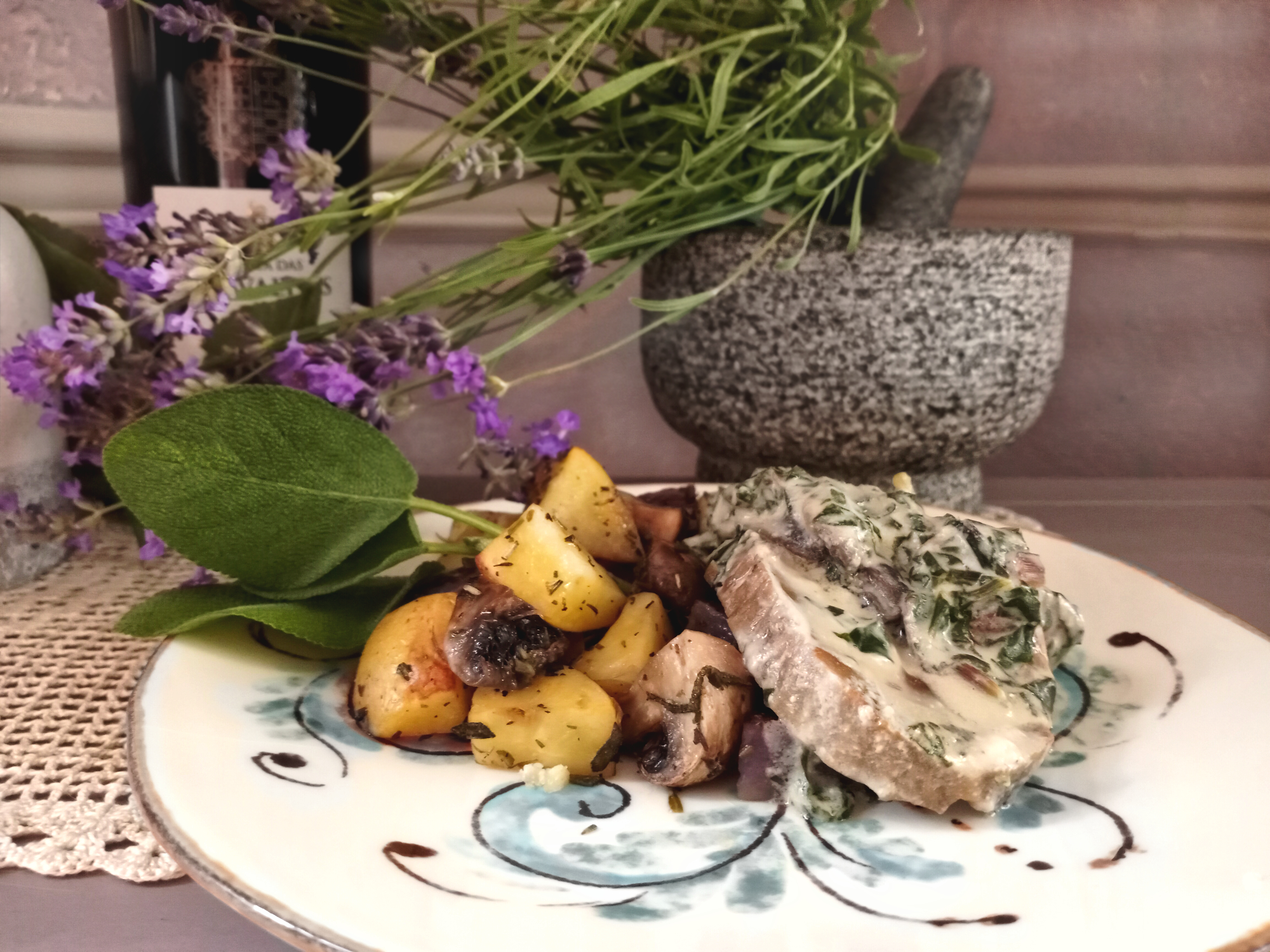I won’t lie to you and pretend that making homemade seitan is an exciting endeavor, this staple of many plant-based meals isn’t pleasing to the eye, nor is it fun to make. In seitan’s defence, I do wish to point out that it may be used in a large variety of vegan dishes in that it is a highly versatile meat substitute. Not a gluten-free meatless option, seitan packs a large amount of protein, and when well executed, takes your meal to the next level.
Thanks to its versatility, seitan comes in especially handy when meal-planning for a holiday or celebration that requires multiple courses – it acts as a substitute for cubed meats, pork tenderloin, filet mignon, roast beef, turkey, and so forth. I will be periodically writing about different recipes, at various degrees of difficulty, involving seitan, and, should you decide to stick around and find out more, I promise you won’t be bored.

Prep Time: 10 min | Cook Time: 35 min | Serves: 6
Seitan
- 1 ½ cup Vital Wheat Gluten
- 1 ¼ cup Vegetable Broth
- ¼ cup Nutritional Yeast
- 1 tsp Fennel Seed
- 1 tsp Molasses
- 1 tsp Salt
- 1 tsp Liquid Smoke
Get started
Put vital wheat gluten in a large bowl with the nutritional yeast, fennel seed, and salt. In a separate bowl, mix broth, liquid smoke, and molasses. Incorporate the wet mixture into the dry ingredients. Bring the mixture together with a fork to obtain a dense mass. It will look lumpy and spongy, but don’t worry, that’s actually right. Transfer on a large piece of foil, approximately 20” in length, and wrap tightly into a loaf about 6” in diameter.
Steam for 35 to 40 minutes.
Even when made correctly, this is the result before steaming…Yikes!!
Not to worry, below are examples of what this nutritional lump can become.

Extras and Tips
The seitan can be frozen and thawed for future use. If refrigerating, use within the next day or two.
Don’t forget that this is a basic and highly versatile and customizable recipe. I find that the steaming process is what makes the difference between a hard and just right seitan; too little time in the steamer and it will be undercooked and sticky, too much and it will be too tough and chewy. Once you nail this down, do not be afraid to experiment with new flavors (e.g., spices or herbs) to be added in the mixture.


